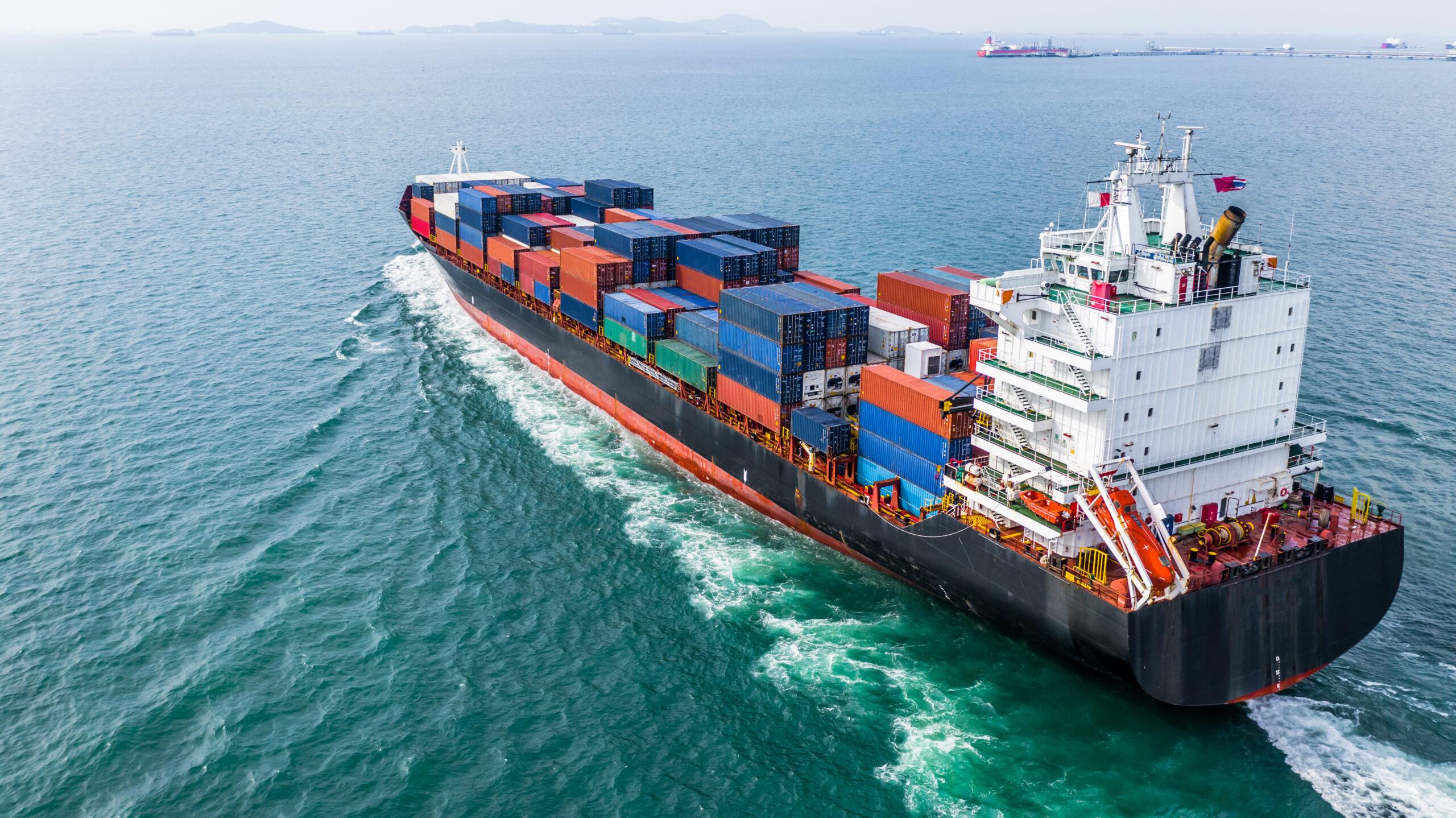International trade has played an essential role in our global economy for centuries. It allows for the distribution of valuable goods on a global scale and enables underdeveloped countries to profit from the natural resources readily available to them.
There are several crucial steps involved in the process of getting cargo from Point A to Point B. Protecting these resources while they are in transit is a significant component of international trade. The first step that international trade finance companies, such as Tradewind, or any company involved in global shipping must take is to guarantee that there are no issues when inspecting or securing their cargo.
Why Inspecting and Securing Your Cargo for International Trade is a Must
Any time that a customer places an order for a product and it arrives damaged or spoiled, it causes a problem bigger than the damage itself.
When containerized or intermodal cargo arrives at its destination in less-than-perfect condition, it triggers long delays, as well as issues with the overall supply chain. The company providing the goods in the shipment could also see a decline in their business with crucial customers, even with just one faulty issue on their record.
There is very little that can be done by the company to secure their product once it is out of their hands. Intermodal containers transported on large ships are often subjected to vibration, pitching, rolling, and severe weather conditions.
These are all typical circumstances in the international trade industry. Therefore, since the threat of damage is widespread, companies who ship intermodal cargo should consider using third-party logistics and international trade finance companies to ensure thorough cargo inspection, and that all contents are secure and fully protected.
How to Protect International Cargo in Transit
While accidents are common in the international shipping industry, there are some companies can avoid. Ensuring that the team loading your cargo understands how to secure the containers properly is one way to guarantee the safety of your resources.
Understanding how to contain fragile cargo requires plenty of training and experience. Those in charge of the shipment must also understand all international maritime requirements so that there are no issues during transit.
One example of preventable damage during international cargo transit is moisture damage.
Preventing Shipment Moisture Damage
Many factors can contribute to cargo moisture damage. It can be a result of external sources like seawater spray or rain that entered into a container that was damaged. It could also be a result of atmospheric moisture, which became trapped inside the container at some point during shipment.
Before loading international cargo onto a ship, it should always be inspected thoroughly for any current or potential damage. Looking for holes or other issues in the container’s exterior can help shipping providers avoid severe problems in the future.
Loaders and shippers should examine all doors and closing devices as well as any rubber door gaskets to make sure there are no leaks present. Because of these issues, it is vital that the shipping company and any third-party agents who are responsible for loading containers have the training and knowledge needed to carry out the proper tactics for identifying and limiting these unnecessary exposures.
What to Consider When Inspecting and Securing Your Cargo for International Transit
Here are a few more areas that these parties should check to guarantee the safety of the cargo:
Will Other Sources of Moisture Damage Be a Problem?
Moisture damage or cargo sweat could be an issue if the container’s vents are not correctly set. It can also be a problem if the contents inside the container are moisture-absorbing materials. Be aware of how moisture could damage the contents such as food, clothing, or electronics. It may also be a good idea to find out if moisture barriers are needed.
Are the Cargo Containers Secured Properly?
Making sure that the cargo containers are appropriately secured can make a huge difference in whether your shipment is safe during transit. Those loading the containers will need to ensure that all void spaces are filled to prevent accidental sliding. They will also need to check for adequate bracing materials and make sure that these are correctly installed without causing any damage to the container or contents.
Is the Cargo susceptible to Damage from Varying Temperatures?
Consider the contents inside your containers: will they become damaged if subjected to harsh temperature changes? Refrigerated containers are necessary for many perishable food items. And additional temperature sensors can be added inside cargo units to ensure that the shipment team follows all temperature requirements during shipment.
Supply Chain Finance Companies Can Ensure Your Shipments are Safe
In addition to providing funding, supply chain finance companies can help to guarantee that your shipments arrive at their destination safely. Many use software that tracks each movement of the shipment, making the transit process more transparent and more secure. And if an accident were to occur, these companies can also take care of the cost of damage as part of their cross-border trade financing solutions. If you would like to take steps to reduce the risks in shipping as well as mitigate other global trade challenges, like a shortage in cash and the threat of buyer insolvency, then it may be worth consulting with an experienced trade finance company like Tradewind today to explore the benefits of trade finance services for your company.


